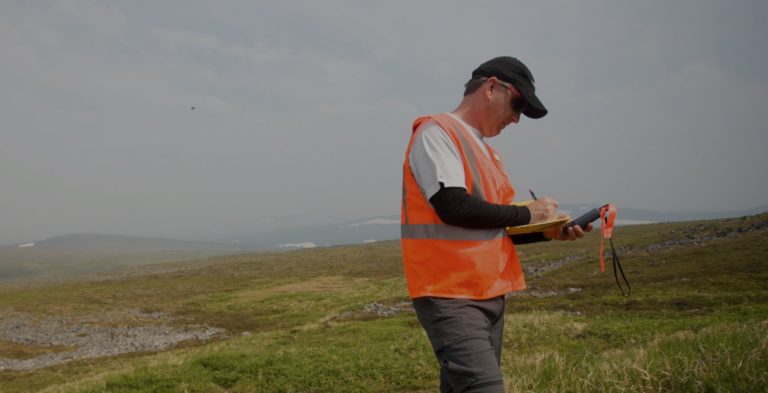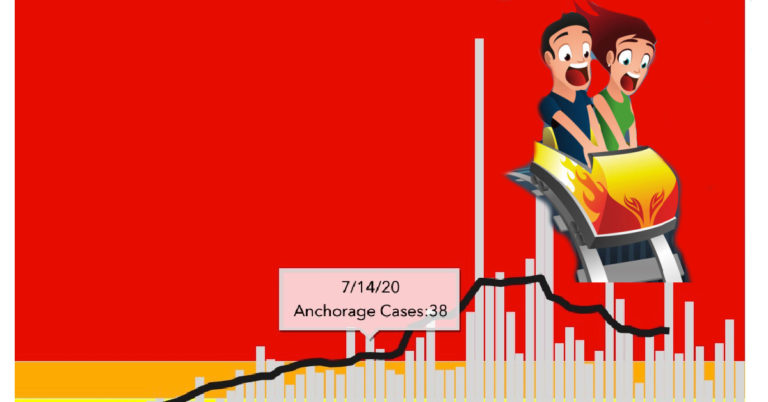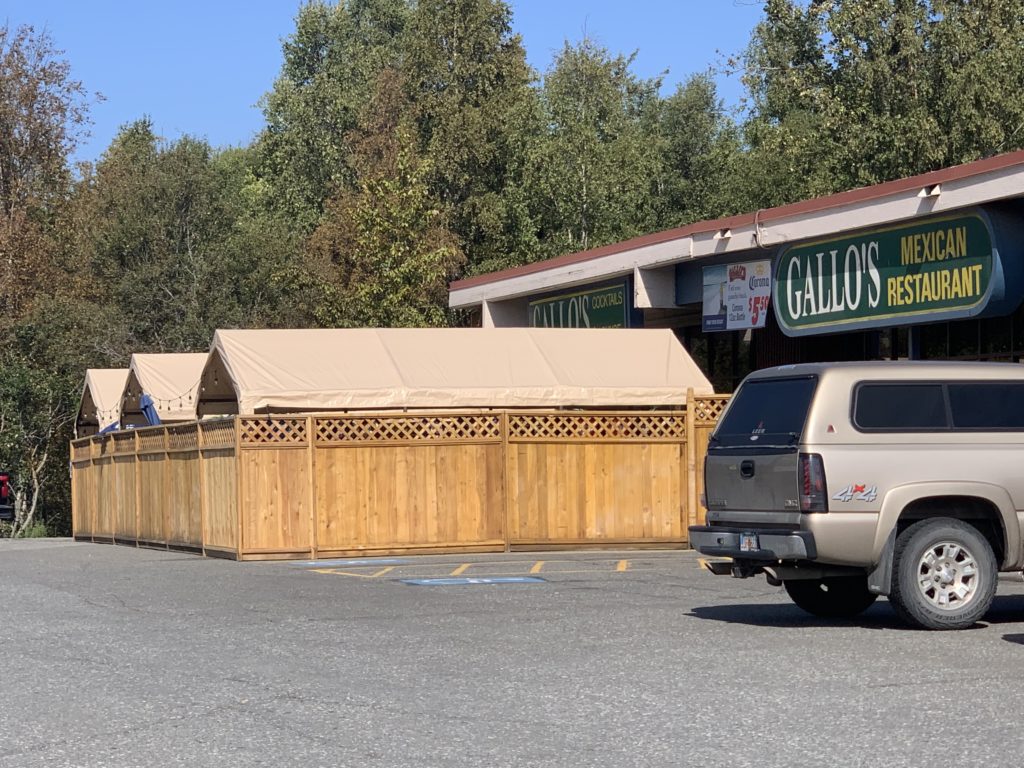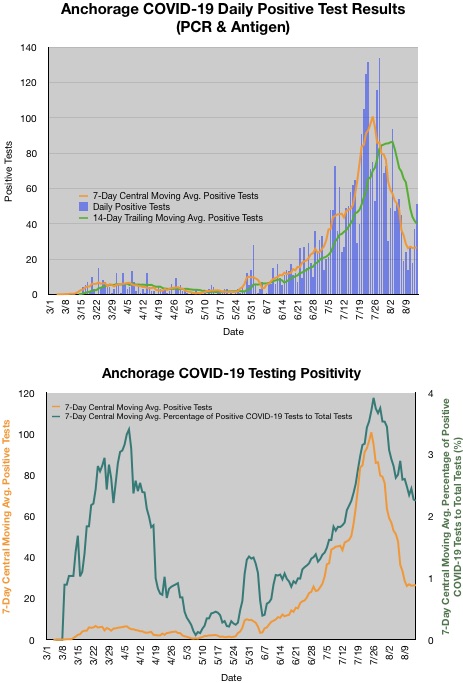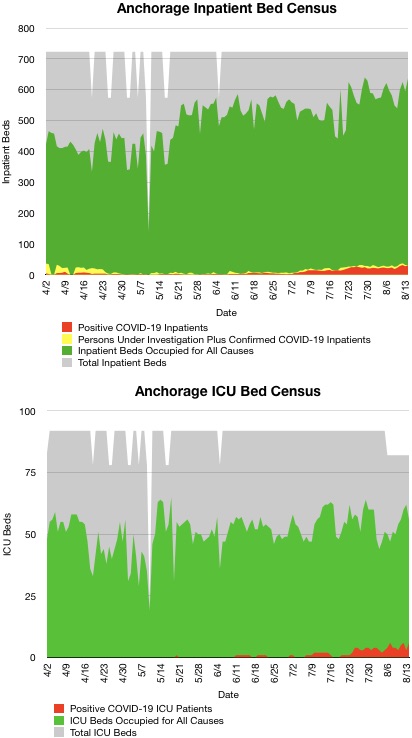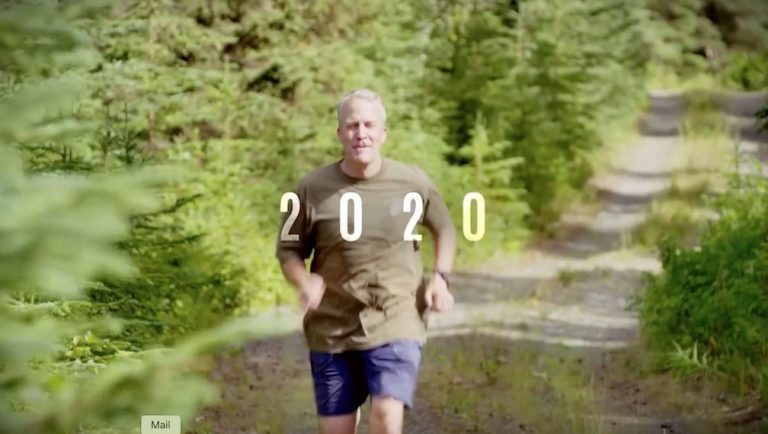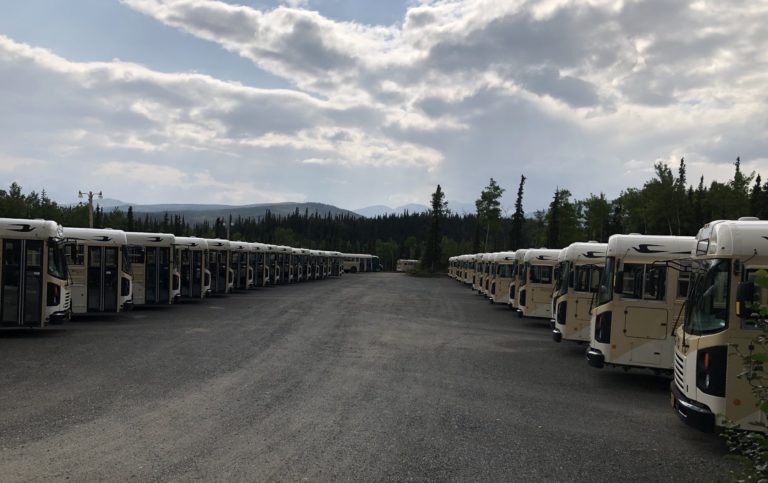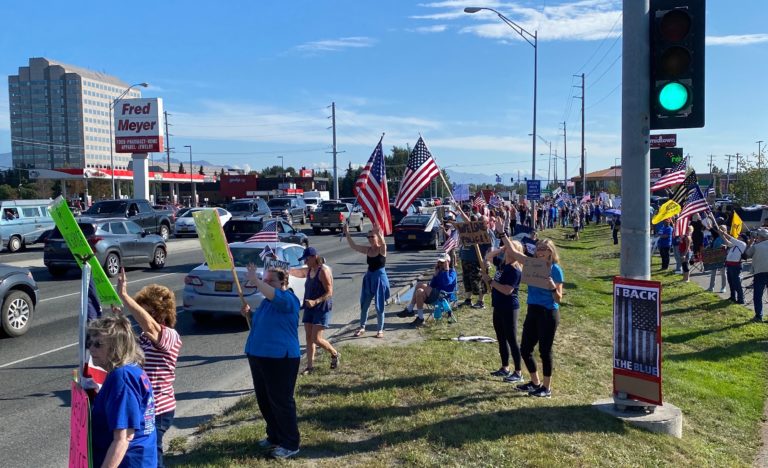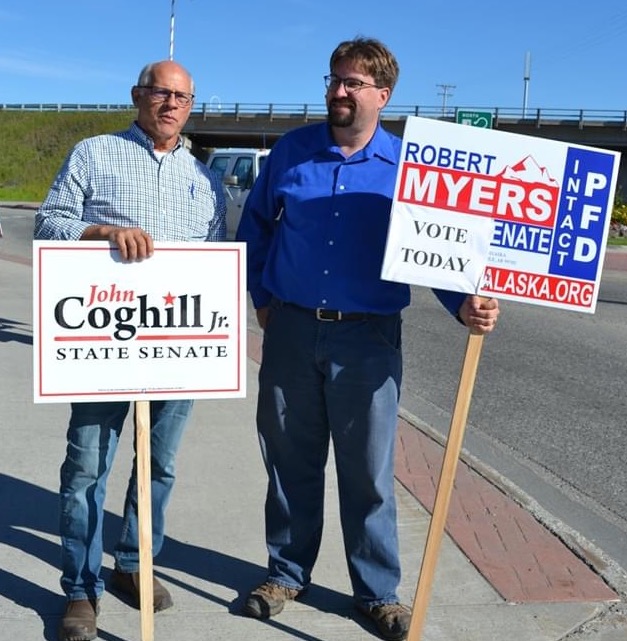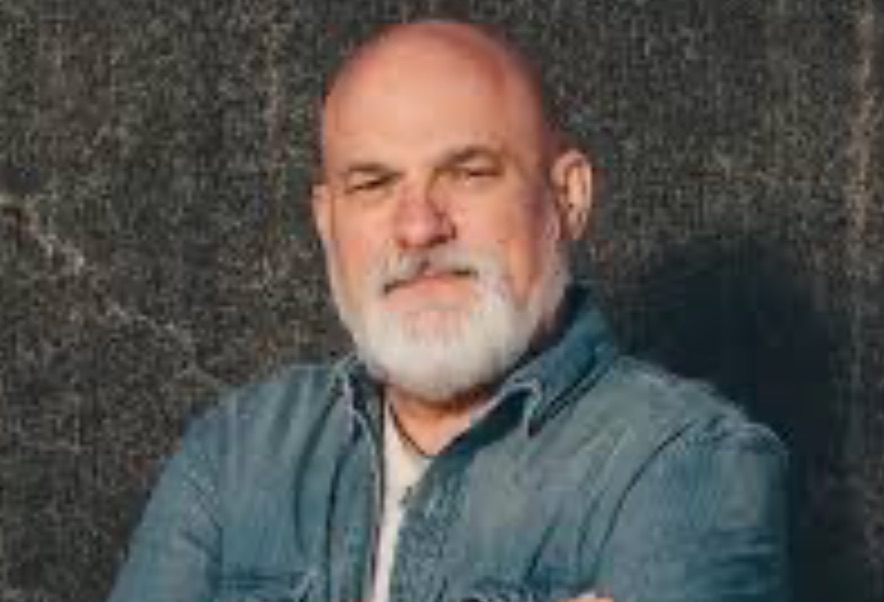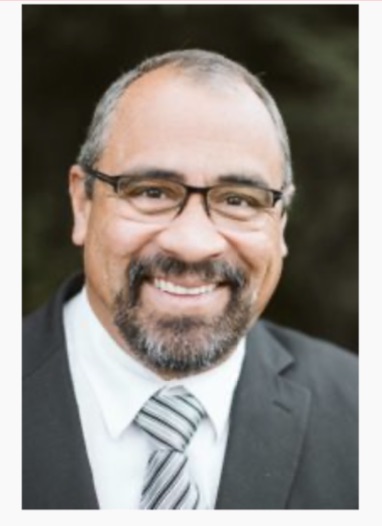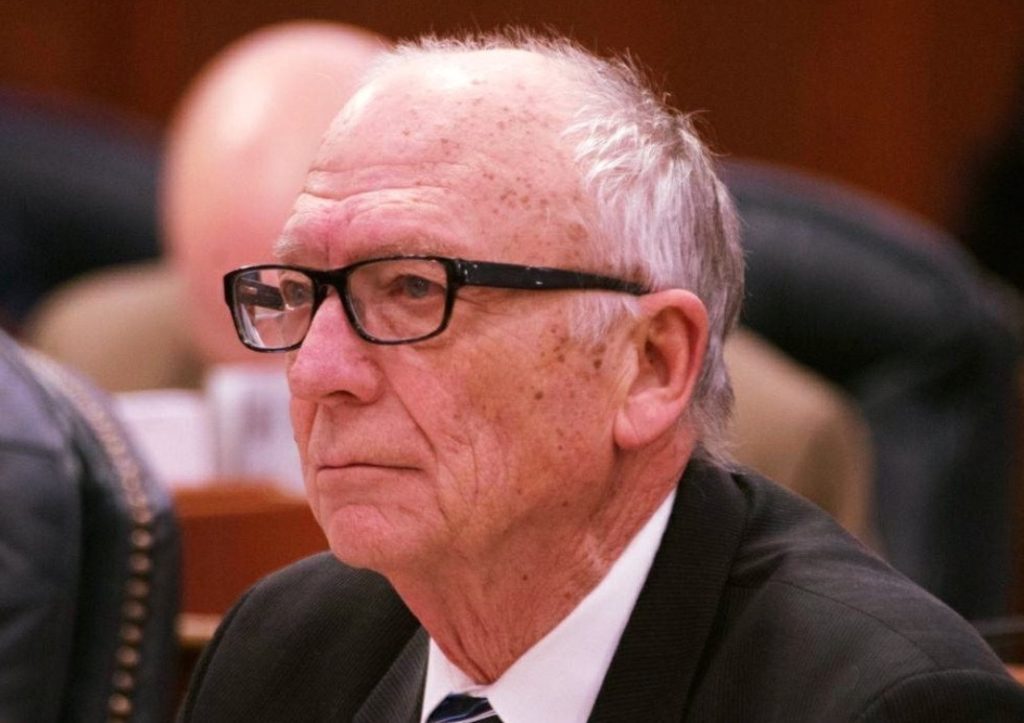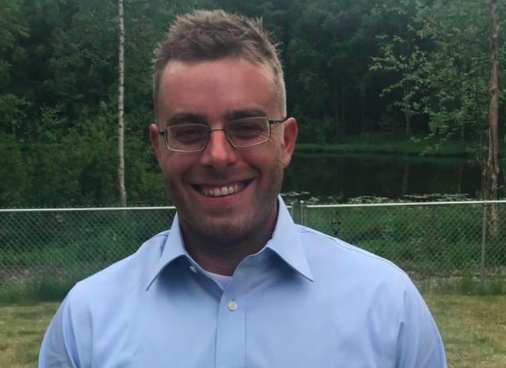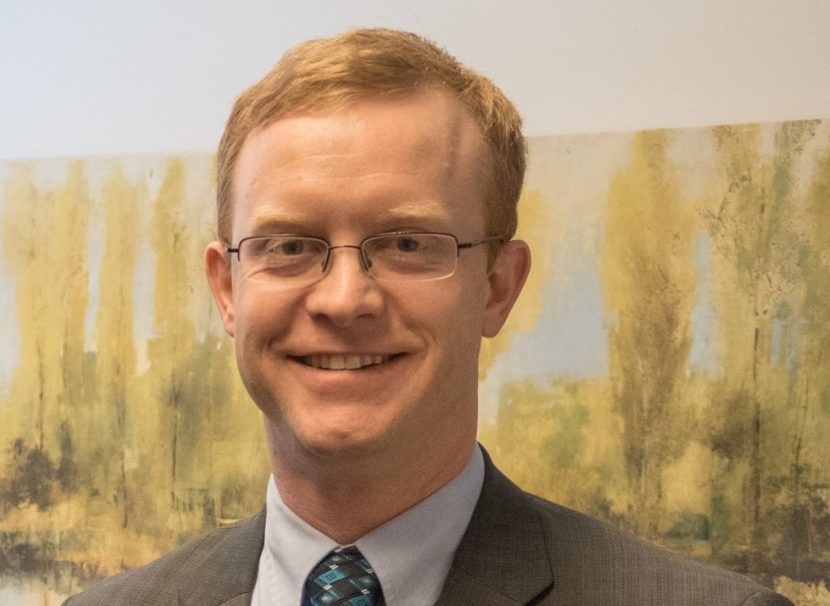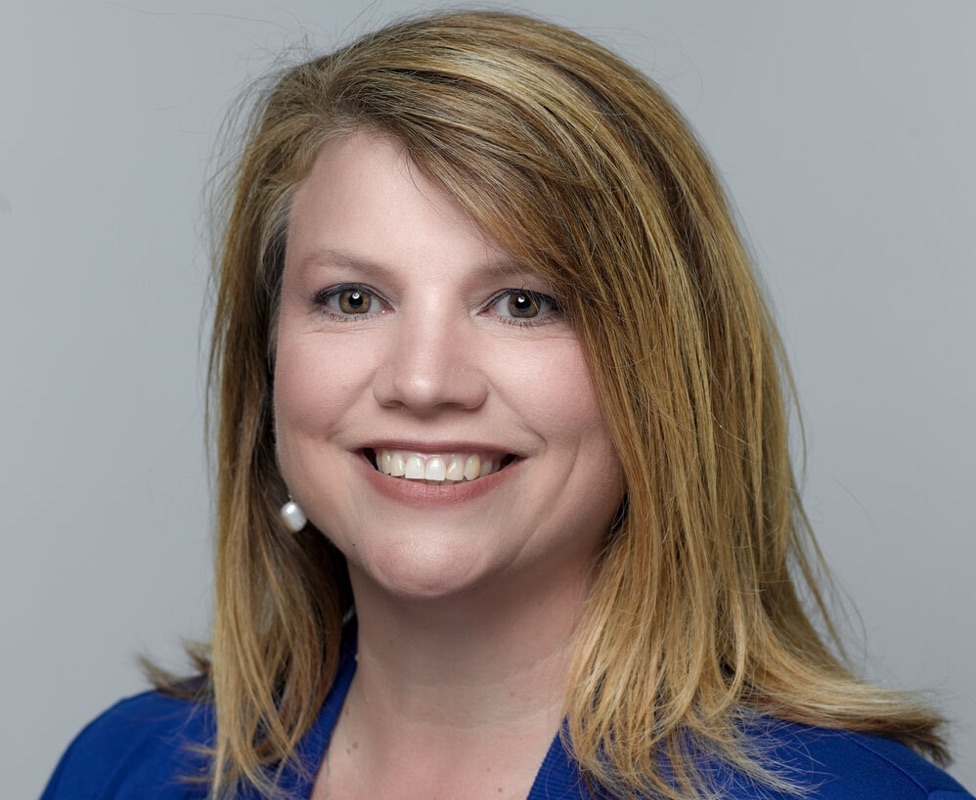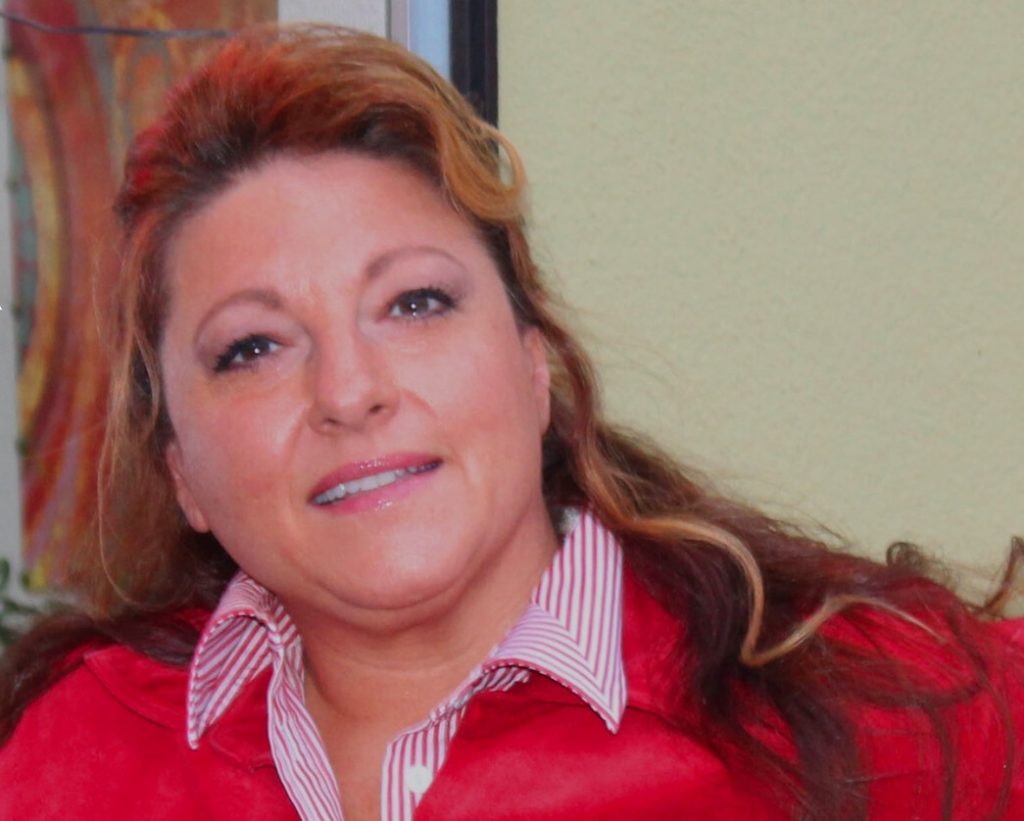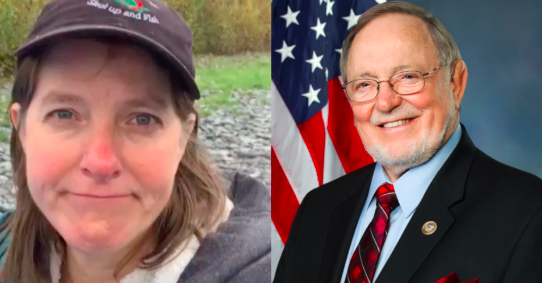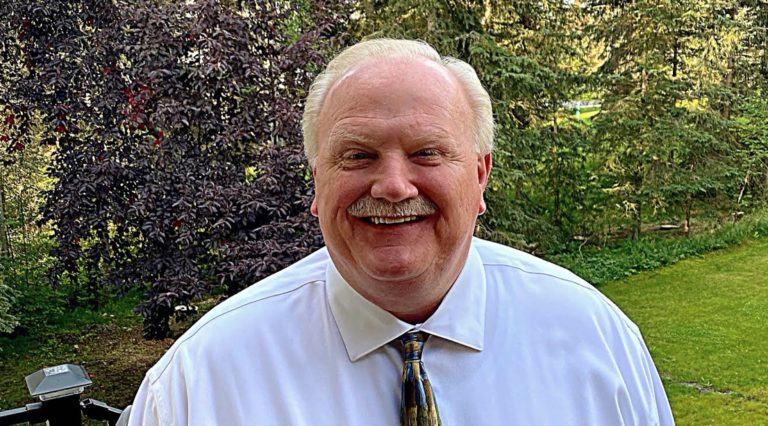A story in a leading political blog says that the Trump Administration is about to put a dagger through the heart of the Pebble Project.
“The Trump administration is planning to block the proposed Pebble Mine in Alaska early next week, six people familiar with the plans told POLITICO, marking a surprise reversal that could be the death knell for the massive copper and gold project,” POLITICO wrote.
Calling the story wrong in that it was based on a “false report [that] surfaced Saturday morning,” the Pebble Partnership says the project is moving forward as expected.
“We firmly believe that the implication pushed by Politico that the White House is going to kill the project is clearly in error, likely made by a rush to publish rather than doing the necessary diligence to track down the full story,” said CEO Tom Collier. “We categorically deny any reports that the Trump Administration is going to return to an Obama-like approach that allowed politics to interfere with the normal, traditional permitting process. This president clearly believes in keeping politics out of permitting – something conservatives and the business community fully support.”
Collier added that the company was told the U.S. Army Corps of Engineers is going to publish a letter Monday about the status of the “mitigation” of the project. Mitigation generally involves the sideboards put on a project and the protections for the environment that must be in place.
POLITICO wrote that the Army Corps of Engineers office in Alaska plans to hold a conference call Monday with groups associated with the proposed mine to “discuss the decision,” and cited three people “with knowledge of the call. An administration official confirmed the call with POLITICO.”
No such meeting has been announced. Generally, reporters are notified of media availabilities.
“Based upon our ongoing interaction with the USACE, we believe the letter will discuss the need for a significant amount of mitigation for the project’s wetlands impacts. This has been our working premise for quite some time and has been the focus of our recent efforts near the site to complete additional wetlands survey work to better inform our plan. The process and time needed to develop a comprehensive wetlands mitigation plan might result in a slight delay beyond earlier USACE milestones. However, at this time we do not believe this is the case and we will be working with the corps to get them what they need as soon as possible,” Collier said.
The Pebble Project is vastly different than the one originally proposed, but it is still a rallying cry for environmentalists who seek to stop the proposed gold mine, which they say will harm the Bristol Bay fishery.
“We know there are some who do not support the USACE’s findings but just because people don’t like the USACE conclusions does not mean their work has not been thorough,” Collier said.
Recently, Donald Trump Jr. on Twitter said he was opposed to the Pebble Project, raising the hopes of environmental industry advocates that he would be persuasive with his father, the president.
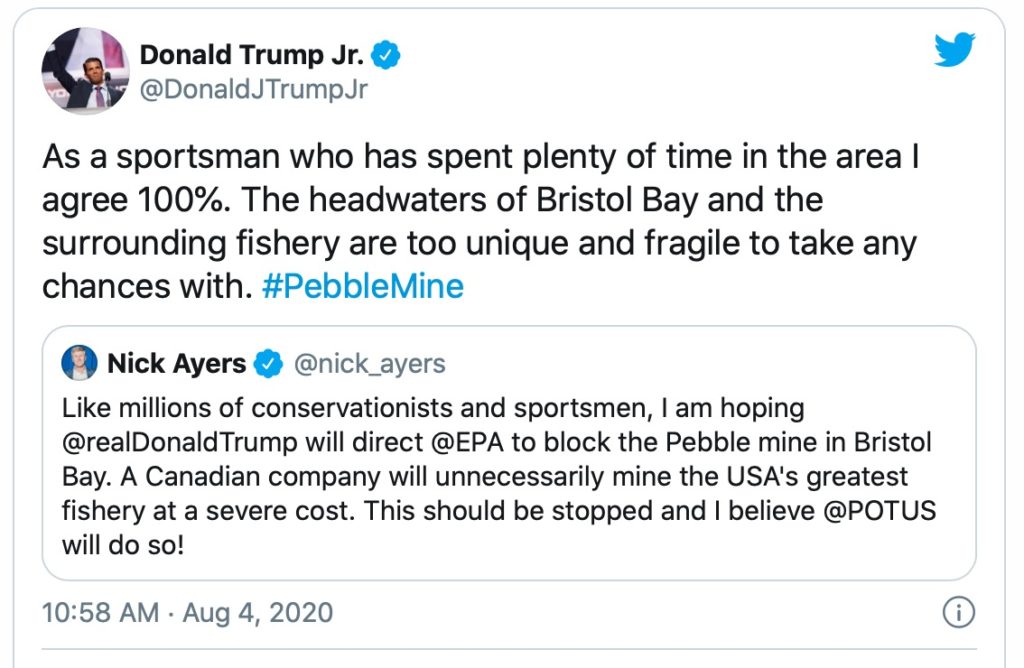
Politico changed its story on Saturday evening after receiving written comments from Collier.
